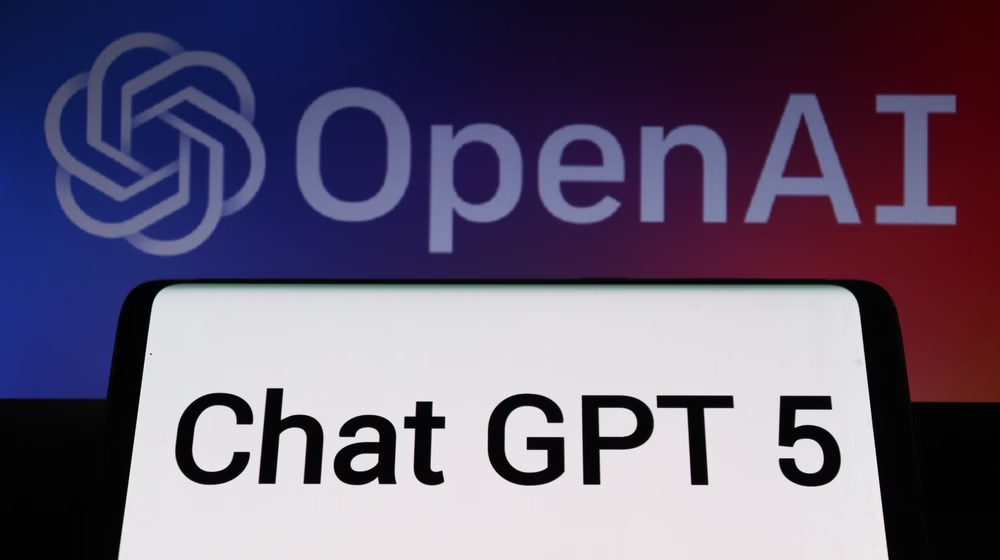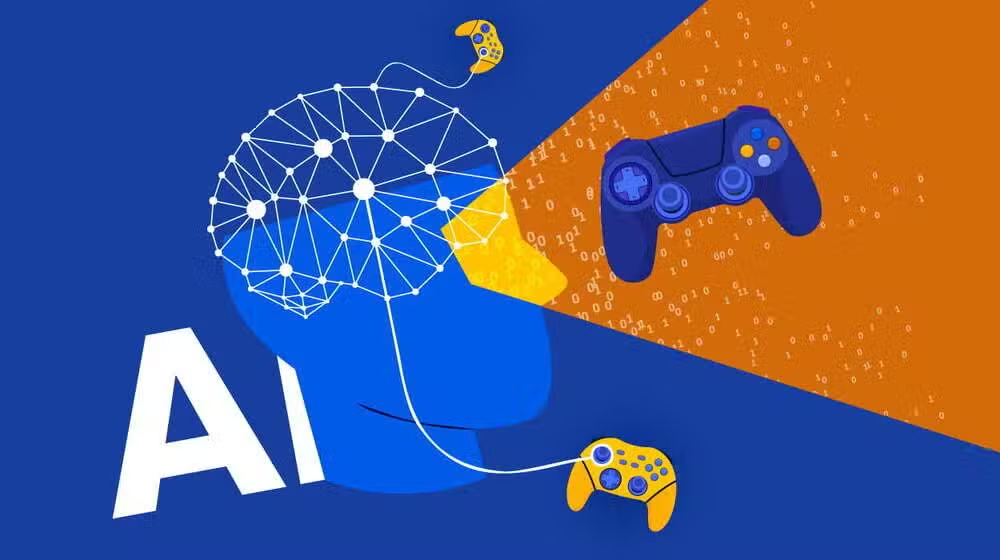OpenAI has officially released GPT-5, its most advanced artificial intelligence model to date, bringing significant improvements in reasoning, context handling, and task automation. Designed to push the boundaries of what AI can achieve, GPT-5 is now available to all ChatGPT users in multiple versions, offering flexibility and power across a wide range of applications.
Multiple Model Variants for Different Needs
To cater to diverse use cases, GPT-5 comes in four versions: nano, mini, standard, and chat. Each variant is optimized for specific tasks, and OpenAI’s internal routing system automatically selects the most suitable one based on request complexity.
For highly complex or multi-step problems, users can activate the GPT-5 thinking mode,which enhances the model’s reasoning depth and problem-solving ability. This makes GPT-5 especially effective in scenarios like legal analysis, engineering design, or detailed business strategy planning.
Performance at PhD-Level Expertise
OpenAI reports that GPT-5 achieves performance comparable to PhD-level knowledge across more than 40 professional domains, including law, logistics, healthcare, software development, and sales. Compared to GPT-4o, hallucination rates are reduced by 45%, making responses significantly more accurate and reliable.
This leap in performance positions GPT-5 as a tool not just for casual conversation but also for professional-grade work where accuracy is critical. Whether drafting complex contracts, diagnosing problems in code, or creating research summaries, GPT-5 delivers a higher level of trust and precision.
Coding Benchmarks Show a Major Jump
In recent coding benchmarks, GPT-5 delivered record-breaking results:
- SWE-Bench Verified: 74.9%
- Aider Polyglot: 88%
These scores outperform GPT-4’s 52% and the O3 model’s 69.1%, showing that GPT-5 is a top performer for software development tasks. It can now chain tool calls, follow long multi-step instructions, and manage complex workflows like debugging large applications or generating entire user interfaces from scratch.
Massive Context Window for Bigger Projects
One of the standout upgrades in GPT-5 is its massive context window. The model supports up to 400,000 input tokens for both text and vision, while output can reach 128,000 tokens. This means it can process lengthy conversations, large research papers, entire codebases, or multiple high-resolution images in a single session without losing track of context.
For businesses and researchers, this opens possibilities like analyzing extensive datasets, reviewing hundreds of pages of contracts, or conducting deep technical audits without splitting information into smaller chunks.
Custom Interaction Styles for a Personalized Experience
GPT-5 also introduces predefined interaction styles — Cynic, Robot, Listener, and Nerd — allowing users to adjust tone and style instantly. Whether you want a straightforward technical explanation, a critical viewpoint, or a friendly conversational style, GPT-5 adapts seamlessly.
This flexibility makes the model suitable for everything from professional consulting to casual brainstorming sessions, all within the same platform.
Integration with Gmail and Google Calendar
Another major improvement is GPT-5’s integration with Gmail and Google Calendar. Users can now interact directly with emails and schedules from within ChatGPT. This means GPT-5 can draft replies, summarize long email threads, schedule meetings, and even coordinate travel plans without leaving the chat interface.
Such integrations mark a step toward GPT-5 becoming not just a conversational AI but a fully capable productivity assistant.
Lower Hallucination Rates Improve Reliability
With hallucination rates reduced by 45% compared to GPT-4o, GPT-5 is far less likely to produce inaccurate or fabricated information. This is particularly valuable in industries where misinformation can lead to costly errors, such as law, finance, or healthcare.
By improving factual accuracy, OpenAI is aiming to make GPT-5 not only a creative and analytical partner but also a reliable source of truth.
The Future of AI with GPT-5
The launch of GPT-5 signals a shift toward AI systems capable of handling long, complex, and highly specialized tasks with minimal human oversight. With its enhanced reasoning, expanded context window, customizable interaction styles, and professional-grade accuracy, GPT-5 sets a new benchmark for what AI assistants can achieve.
In many ways, GPT-5 is more than just a model upgrade — it’s a foundation for next-generation AI-powered applications in education, business, software, and research. As more users and developers experiment with its capabilities, we can expect innovative workflows and solutions to emerge, transforming how people interact with technology.
OpenAI’s GPT-5 is a significant leap forward in AI, offering PhD-level expertise, record-breaking coding performance, and unmatched context handling. With four model variants, advanced reasoning modes, productivity integrations, and reduced hallucination rates, GPT-5 stands as the most capable AI model in the ChatGPT ecosystem.
For professionals, researchers, and everyday users, GPT-5 is not just a tool — it’s a powerful partner ready to tackle the most challenging problems, streamline workflows, and unlock new possibilities in the world of artificial intelligence.



